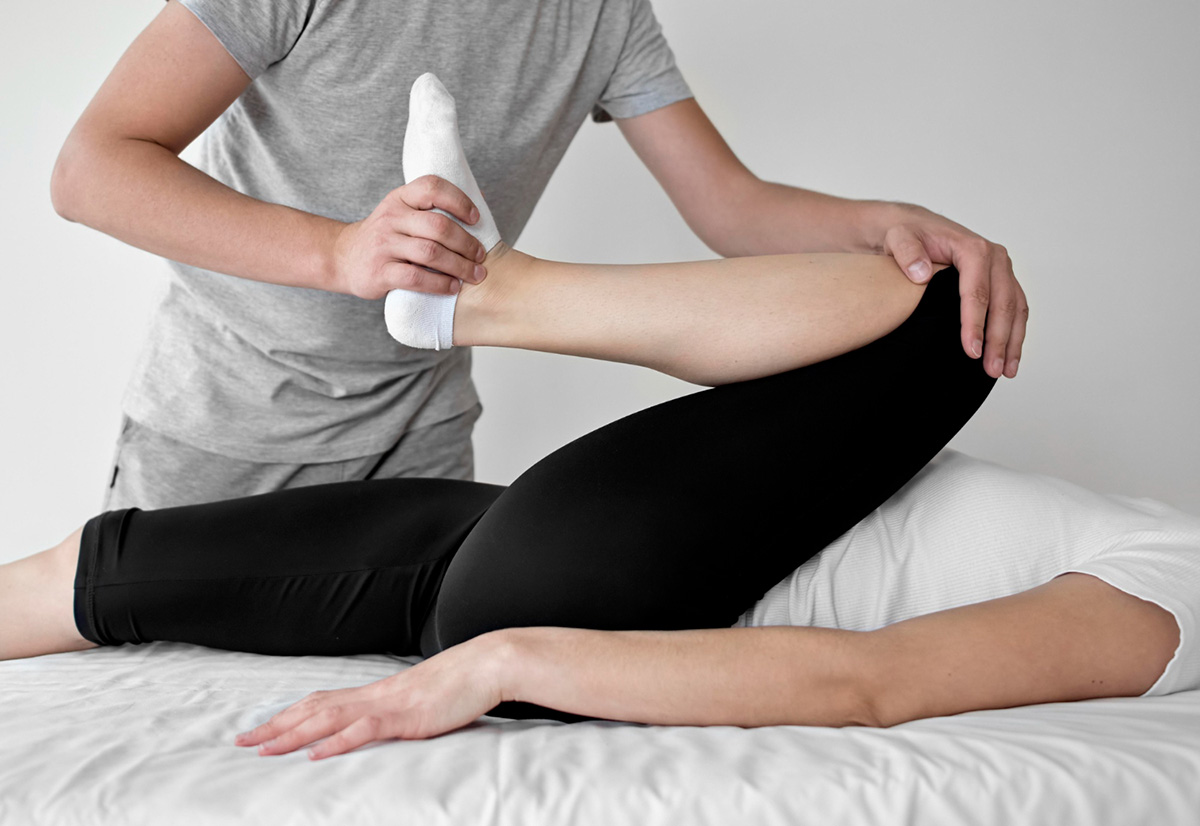Understanding the Early Phases of ACL Rehabilitation

If you’re an athlete who has recently suffered an ACL tear, it is important for you to understand how crucial the early phases of rehabilitation can be. The ACL, or anterior cruciate ligament, is a major stabilizing ligament located in the knee joint that controls the forward and rotational movement of the knee. ACL injuries are common among athletes, especially in high-impact sports like football, basketball, and soccer. Engaging in early treatment and rehabilitation is essential to managing pain, restoring knee function, and returning to sports participation safely. In this blog, we will discuss the early phases of ACL rehabilitation and what you can expect during this time.
1. Phase 1 - 1 to 4 weeks post-injury
The first phase of ACL rehabilitation begins with reducing pain and inflammation, improving knee extension and mobility, and restoring normal gait patterns. Your physical therapist will work with you closely through a series of exercises that may include gentle range-of-motion exercises, quadriceps sets, and straight leg raises to improve muscle strength. You may also be advised to use crutches to avoid putting weight on the injured knee, and icing the knee for 20 minutes at a time, two to three times per day, to manage swelling.
2. Phase 2 - 4 to 8 weeks post-injury
In this stage, the focus is on regaining range of motion and strength. Your physical therapist may introduce more challenging exercises like wall squats, hamstring curls and step-ups to improve balance, coordination, and agility. The aim of this phase is to develop a solid foundation of strength before moving on to more advanced exercises.
3. Phase 3 - 8 to 12 weeks post-injury
By now, you should notice a marked improvement in mobility and strength. Your physical therapist may introduce exercises like lunges, lateral band walks, and single-leg squats to challenge your balance and promote a more natural walking pattern. Plyometrics, hopping, and jumping may also be introduced to simulate sports-related activities and prepare the knee for more intense workouts.
4. Phase 4 - 12 to 16 weeks post-injury
At this stage, the aim is to restore full range of motion, strength, and flexibility, and prepare the knee for sports participation. Your physical therapist may incorporate more intense exercises like running, jumping, and cutting movements, and may encourage you to wear a knee brace to support the healing ligaments. You may also be advised to continue using ice, rest and over-the-counter pain medication to manage pain and inflammation.
5. Phase 5-16 weeks onwards
In this phase, the focus is on optimizing the knee’s function and gradually increasing your sports-related activities. This phase incorporates sport-specific movements. Physical therapy and the rehabilitation process will help you achieve a full range of motion, improved strength and function of your knee.
Conclusion
Patience and persistence are key to an effective ACL rehabilitation program. Each phase of the rehabilitation process is crucial to reach full recovery from an ACL injury. It is essential to work collaboratively with your Physical Therapist to develop realistic rehabilitation goals and disbursement of the rehabilitation progress, in order to optimize your recovery and return to your sport safely. With the right approach, you can confidently tackle the challenges of your ACL rehabilitation journey and return to your sports participation stronger, faster, and better. We, at B Physical Therapy, offer excellent physical therapy services in Oviedo, FL. Contact us today to schedule an appointment and receive the guidance you need to successfully recover from an ACL injury.